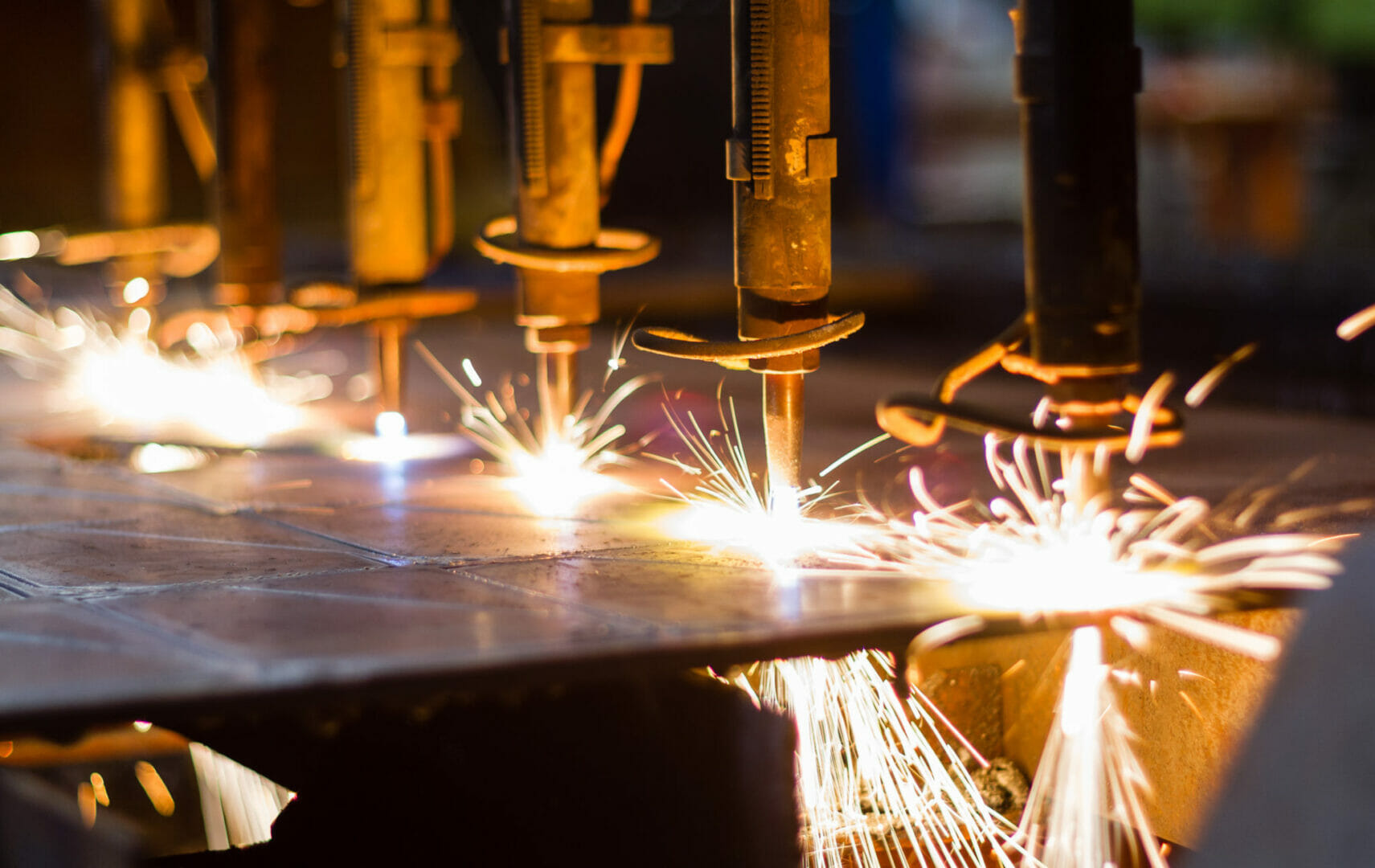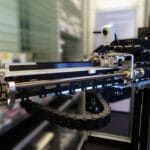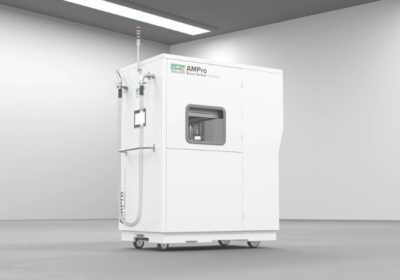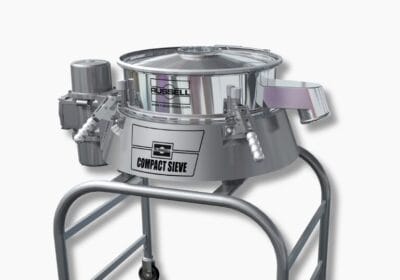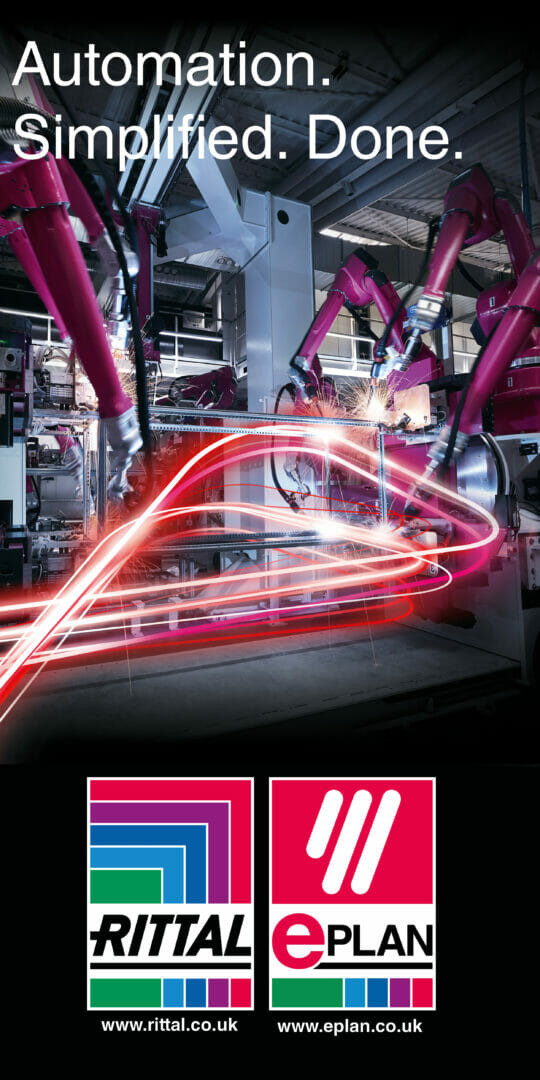In the 1955 short story Autofac, Philip K. Dick envisioned a world dominated by self-replicating robots who work incessantly, monopolizing and eventually depleting the planet’s resources. Autofac is a dystopian take on what is already happening in some manufacturing facilities, where robots work 24/7 with little to no human supervision. Here Sophie Hand, UK country manager at automation parts supplier EU Automation, explains the potential of lights-out manufacturing.
Like the autofacs in Philip K. Dick’s story, state-of-the-art robots at several plants can now work in total autonomy for extended periods of time, a production mode known as lights-out manufacturing. Although expensive to set up, lights-out manufacturing comes with a series of advantages, the first of which is increased profitability.
Generally, robots work more slowly but more consistently than humans, since they don’t get tired, bored, distracted or sick. As a result, autonomous robots can help manufacturers maximise productivity to meet increased demand.
Additionally, lights-out manufacturing enables businesses to save on energy and operational costs. A fully automated factory can run ‘with the lights out,’ since human necessities such as lighting, heating, ventilation and air conditioning are eliminated. Robots can also operate in significantly smaller work cells, reducing the costs related to an adequately spacious plant floor.
Finally, robots represent the perfect workforce in dangerous industrial environments, where toxic fumes, rapidly moving machinery or hot surfaces can pose serious health and safety threats to human workers.
Already a reality
Japanese robotics company FANUC has operated lights-out since 2001. Like in a Philip K. Dick novel, the robots at the Oshino FANUC plant self-replicate at a rate of 50 per 24-hour shift, running unsupervised for up to 30 days. The robots take care of all aspects of production, from parts delivery, to assembly, testing, packaging and shipment.
Lights-out production is not exclusive to robotics and is already used to produce consumer goods. For example, Philips runs an almost completely automated factory in the Netherlands, where 128 robots with fine dexterity produce about 15 million electric razors a year. The only step in which human workers are involved is quality assurance. However, thanks to Autonomous Machine Vision systems such as the INSPEKTO S70, recently launched by Israeli-German company Inspekto, even this phase might soon be fully automated.
Currently, very few factories run exclusively lights-out. However, the availability and accessibility of industrial robots is allowing more and more plants to add lights-out shifts to their regular ones, typically at night and at weekends.
Additionally, thanks to new machine-as-a-service subscription models, companies of any size and budget can now afford to automate their projects. In this business system, manufacturers can rent robots by the hour and only pay for the time they actually work, maximising profitability while minimising capital investment.
The human factor
Far from making human workers redundant, lights-out manufacturing could help retain employees by allocating them to more rewarding positions. While robots focus on repetitive, monotonous or hazardous tasks, their human counterparts can be requalified and assigned to more complex tasks that require judgement-based thinking and problem-solving skills. For this reason, it’s important that employers invest in educating and training their workforce, and that employees understand the importance of this education to remain competitive in a rapidly changing job market.
The increased profitability that results from lights-out shifts is also helping companies to keep their production in house. In this way, manufacturers can avoid the logistical and ethical problems related to delocalisation, while their employees can keep their jobs.
Finally, highly qualified workers will always be needed to develop, set up and oversee the machines, as well as to perform necessary maintenance work.
When machines run 24/7, with or without supervision, their components can wear out quickly. In Autofac, when the central robot is destroyed it simply self-replicates by sending out copies of itself around the planet. At EU Automation we cannot offer this service, but we can scour the globe to find the parts you need and ship them to you in no time. Visit our website or call +44 (0)1785 303300 to find out more.

